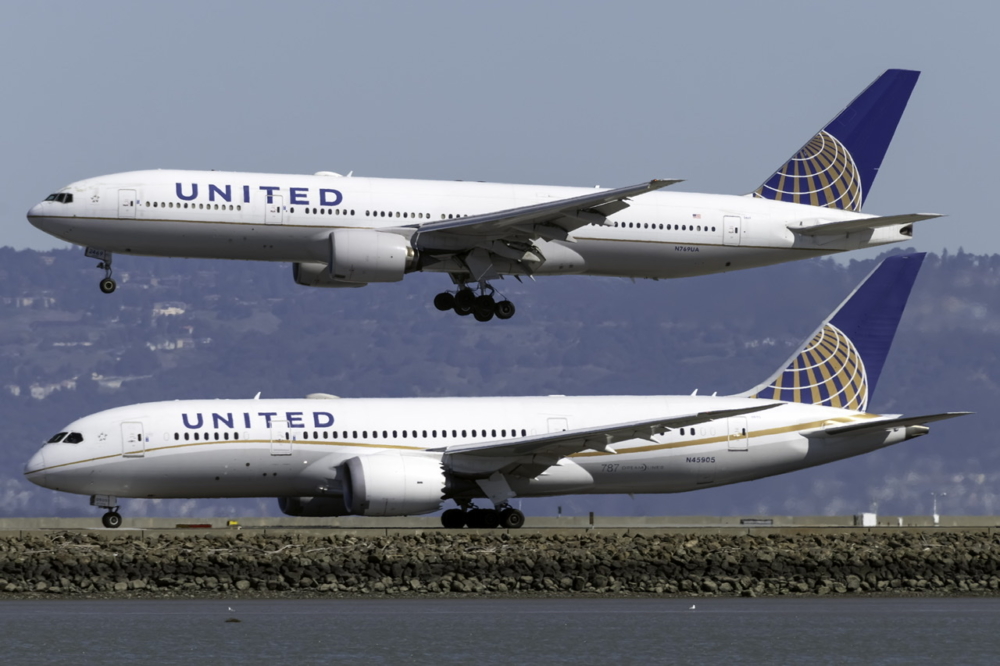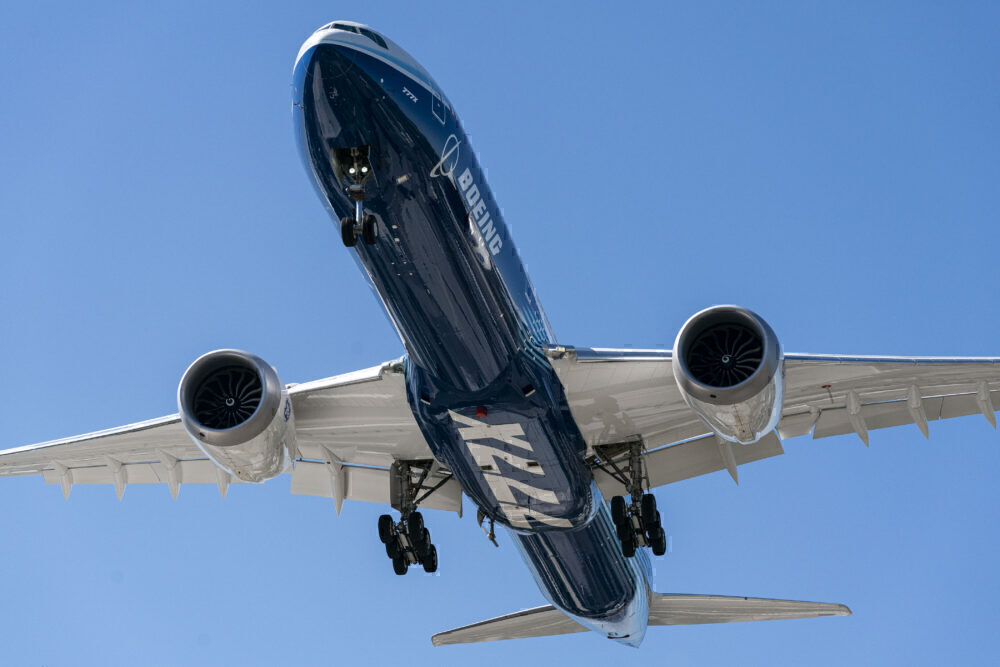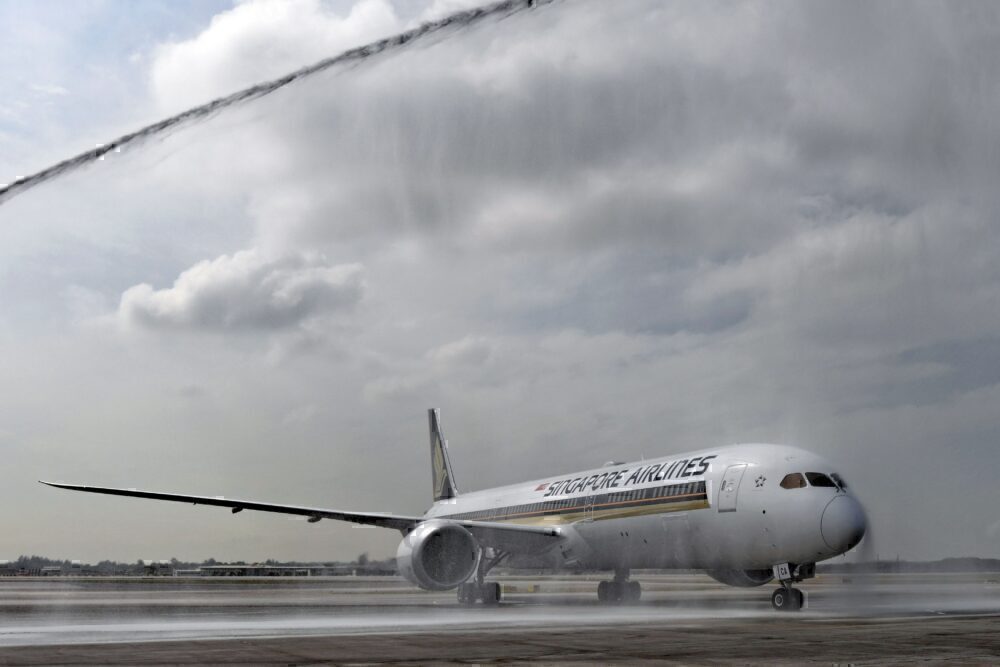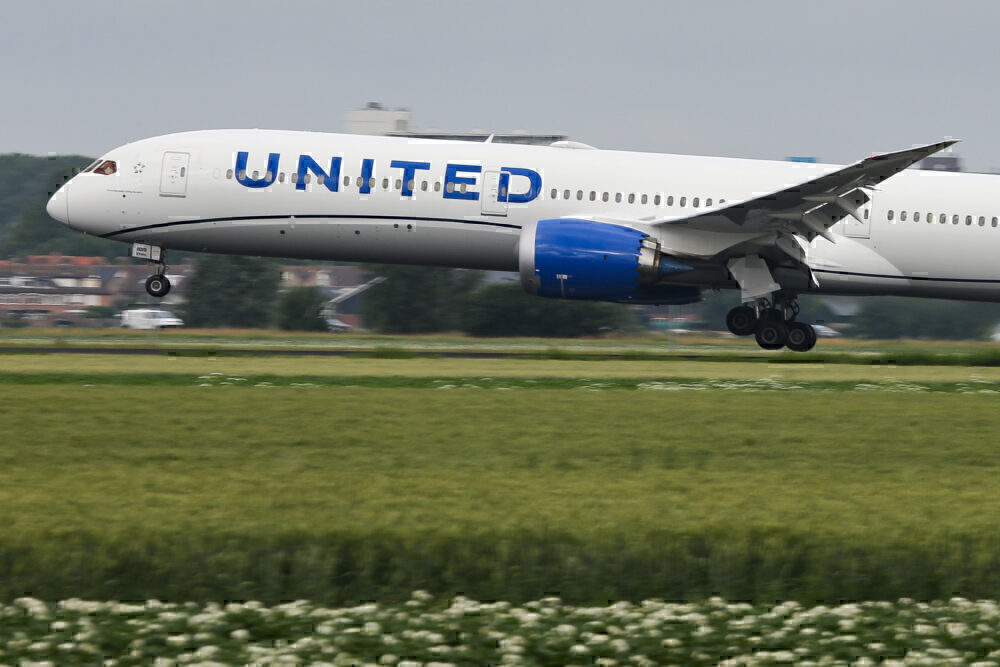The Boeing 787 ‘Dreamliner’ has revolutionized long-haul commercial air travel. It has allowed cheaper long-haul carriers to exist, while also unlocking new, long routes. But how does it compare to its predecessor? The 777 had previously been the long-haul workhorse of the airline industry. Before the arrival of the Dreamliner, it was thought to have its future guaranteed.

Not intended as a competitor
The 787 can easily and more efficiently operate many of the routes the 777 was designed for. As such, many airlines have either upgraded to the 787, or are awaiting the arrival of the next-generation 777X. But how exactly do the two aircraft compare?
Boeing did not initially design the 787 to compete with the 777. Naturally, it would make little sense for a manufacturer to compete with itself. However, we can still compare the two from an airline’s perspective, to see which comes out on top in areas such as cost-effectiveness.
Stay informed: Sign up for our daily and weekly aviation news digests!

Comparing the specifications
Let’s start by looking at how the two families’ variants directly compare in crucial areas such as size, range, and capacity. You can find the relevant data in the table below.
| Aircraft | Length | Wingspan | Typical two-class capacity | Range |
|---|---|---|---|---|
| 777-200 | 63.73 m | 60.93 m | 313 | 9,700 km (5,240 NM) |
| 777-200ER | 63.73 m | 60.93 m | 313 | 13,080 km (7,065 NM) |
| 777-200LR | 63.73 m | 64.80 m | 317 | 15,843 km (8,555 NM) |
| 777-300 | 73.86 m | 60.93 m | 396 | 11,165 km (6,030 NM) |
| 777-300ER | 73.86 m | 64.80 m | 396 | 13,649 km (7,370 NM) |
| 787-8 | 56.72 m | 60.12 m | 242 | 13,620 km (7,355 NM) |
| 787-9 | 62.81 m | 60.12 m | 290 | 14,140 (7,635 NM) |
| 787-10 | 68.28 m | 60.12 m | 330 | 11,910 km (6,430 NM) |
As shown in the table, the two smaller 787s top the 777s in terms of range. However, the larger 787-10 comes into its own against the 777 family. As such, this will be the primary aircraft that we will compare and contrast with the iconic ‘triple-seven.’

Passengers
The Boeing 777 series is generally larger than the 787 and thus can carry more passengers. The 787-10 has a higher capacity than the smaller 777-200 series. However, it falls short of the larger 777-300 models by 66 passengers in a typical two-class configuration.
Range
This factor is a bit more complicated. The 787-10 has a greater range than the standard 777-200 and -300 models. However, it falls behind when compared to Boeing’s special long-range and extended-range 777 variants.
List price
As Simple Flying reported in January, the list price of the Boeing 787-10 is $338.4 million. Meanwhile, the list price of the 777-300ER is $375.5 million. As such, airlines must decide whether the greater capacity and range in this instance are worth an extra $37.1 million.

Airlines may choose not to take this financial risk, particularly nowadays. After all, with trends generally moving away from high-capacity, hub-to-hub travel, they may find it hard to fill the 777-300ER’s extra 66 seats. In any case, it is worth noting that many airlines don’t actually pay list price, but around 50%.
Fuel efficiency
The 777 series is, of course, rather older than the 787, and it also uses heavier construction materials. Meanwhile, the Dreamliner is famous for being the first airliner with an airframe primarily made up of composite materials.
This contributes to it being a more efficient aircraft than its older counterpart. All I Know About Aviation reports that the 777 series typically consumes between 6,080 and 7,500 liters of fuel per hour, depending on the variant. Meanwhile, for the 787, this figure is generally between 4,900 and 5,600 liters per hour.

In terms of capacity and, in most cases, range, the older 777 has the edge. However, with the 787 being cheaper to buy and operate, it represents a more comfortable financial decision for airlines. This is particularly pressing given the current challenging climate. From a passenger perspective, the 787’s modern cabin with its large, dimmable windows is also a bonus.
The current situation
The ongoing coronavirus pandemic is continuing to impact the aviation industry, with long-haul services having been the most heavily-affected. Subsequently, hundreds of widebody aircraft remain on the ground worldwide.
As a result, last summer, Boeing shared that it would reduce 777 and 787 production. The firm noted that it would reduce the 787 production rate to six units a month this year. Moreover, it would reduce the combined production rate of the 777 and 777X to two planes per month.

However, with many of the world’s 777s aging, this type is looking to be the more significant casualty of the two widebodies. For instance, Japan Airlines decided to let go of its dedicated Boeing 777 domestic fleet last October. The Tokyo-based Japanese flag carrier is ultimately planning to retire its remaining international 777-200s and -300s within three years.
What the airlines say
Ultimately, what matters most is that those operating the jets think of their tools. Last year, United Airlines became the first carrier in the world to fly all three Dreamliner models. The Chicago-based outfit took on the 787-10 to serve on six transatlantic routes from its Newark Liberty International (EWR) hub.

The airline highlights the plane’s ability to offer an improved customer experience, while also helping the company meet sustainability goals. Nonetheless, despite also having the 777, the firm isn’t showing any strong indication of retiring the type soon. According to a press release seen by Simple Flying, United said the following about the 787:
“Boeing’s Dreamliners are known for dramatically improving the on board experience for customers with lower cabin altitude, better humidity, cleaner air, smoother ride and better sound quality. Additionally, the new Dreamliner provides better fuel efficiency than older aircraft, contributing to United’s commitment to reducing emissions by 50 percent by 2050.”

Even though it is an older design, airlines are continuing to receive the 777-300ER. Last November, British Airways took delivery of yet another example, and the airline’s crew members are fans of the plane. Allister Bridger, who would become director of flight operations for British Airways, previously said the following about the -300ER in a statement seen by Simple Flying:
“I think this aircraft is vitally important for the fleet, it’s a wonderful aircraft – pilots love it, it is very fuel efficient and hugely comfortable for customers.”
What about the Boeing 777X?
It is also worth briefly touching on the prospects for the Boeing 777X. After all, last year, Boeing confirmed that both the 777-8 and 777-9 aircraft would be certified as part of the 777 family. It was previously speculated that the widebody would have a separate type certificate. However, Boeing has since shared that this would not be the case for the highly-anticipated project.

Despite taking its first test flight in January 2020, the 777X has not yet been introduced commercially. Therefore, we will not be in a position to properly compare it to the 787 until its entry into service. This is currently expected to occur towards the middle of the decade.
Dependent on an airline’s wants and needs
Altogether, deciding between the Boeing 777 and 787 comes down to an individual airline’s various wants and needs. Different carriers have different requirements, meaning that they will consider each aircraft’s selling points with different levels of regard.
If an airline can continue to operate long-range, high-capacity flights in the modern climate consistently, then the 777-300ER may be the better option. However, if the range of these services remains within the 787-10’s capabilities, and trends continue to move away from higher-capacity flights, the Dreamliner could be the more straightforward choice.
Which aircraft do you prefer out of the Boeing 777 and 787? Have you flown on either, or both, of them over the years, and, if so, with which airline(s)? Let us know your thoughts and experiences in the comments!
[ad_2]
Source link


